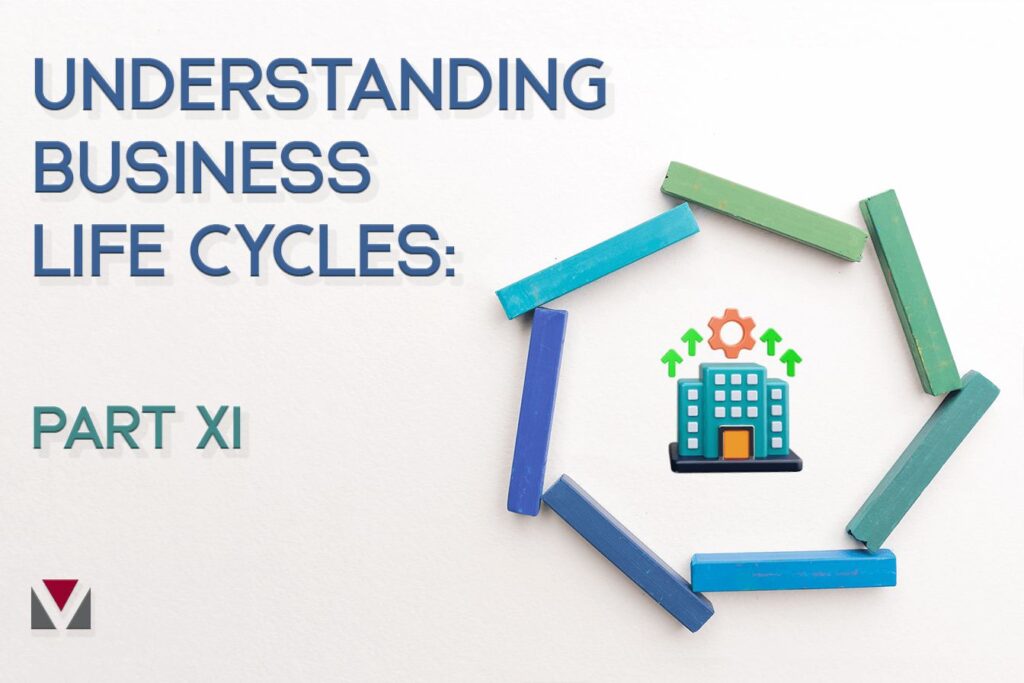LIFE CYCLES, Part XI
In addition to the tangible characteristics of a “Them” phase company (discussed in Part X—property, prestige, power), there are also the more intangible aspects that define them. Early on these aspects may not seem important or be visible. After all, most owners are consumed with more immediate needs, such as sales growth, meeting payrolls, making a profit, finding workers, and fending off competitors.
As companies and owners grow and mature and much of the frenzy of meeting short-term or immediate needs wanes, finding meaning in all the personal sacrifices and compromises that were made in the pursuit of “more” take center stage.
Author Sahil Bloom attempts to explain this shift in his article “The Dark Side of Big Goals.” His theory revolves around the notion that achieving big goals often leads to a temporary sense of satisfaction, which is then followed by a feeling of emptiness or dissatisfaction. This phenomenon occurs because the anticipation and pursuit of the goal creates a short-term sense of purpose and excitement. But once the goal is achieved, that sense of purpose often dissipates, leaving a void that many find themselves trying to fill with a sense of meaning. This is where relationships and purpose come into play.
Relationships. These go beyond the usual relationships business owners have with their customers, venders, and employees. While all are important to a company’s growth, there are also connections that extend to all the “invisible” people who had a hand in building what it was that eventually led to the company’s success.
Purpose. For business owners, how does their work or company provide them with opportunities to fulfill their purpose outside of their work? Do the values of their work and workplace align with their personal values?
Service. While the function of every business may be to earn a profit, I also contend that the purpose of every business is to serve others: customers, employees, coworkers, families, suppliers, communities—the list is long. The more successfully a business is run, and sometimes the larger it becomes, the more opportunities it provides to serve others because there will be more resources with which to do so.
Some companies partially arrive at the “Them” phase even when they’re early in their “Me” phase. These owners feel their business is more than just the means of building financial security or wealth for themselves. They view it as a vehicle that allows them to achieve personal and spiritual fulfillment by serving others.
As suggested above, it can be argued that an owner’s desire to provide more for their people is one of the drivers of a company’s continued growth.
Conversely, some companies never make it to the “Them” phase, or at least not as it’s defined here. This is neither good nor bad. It’s simply a choice.
According to the Exit Planning Institute, 76% of owners regret selling their business within a year of the sale. While there are many contributing factors, I believe one of them is because the things that provided a sense of purpose and meaning are no longer present and the novelty of “retiring to the beach” is short lived. Former owners are left searching for something that brings the same fulfillment that their work once did.



